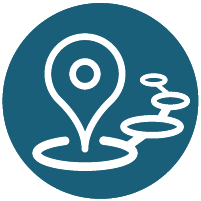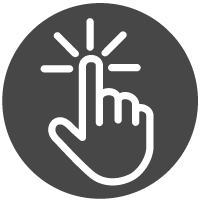Kindling STEM/STEAM Curiosity with Literary Sparks
,
Marriott Rivercenter - Grand Ballroom CDE
Session description
Outline
Introduction (15 minutes)
Welcome and overview of session objectives
Brief explanation of literary thinking techniques and their relevance to STEM
Close Reading in STEM (30 minutes)
Introduction to close reading strategies (10 minutes)
Hands-on activity: Applying close reading to a scientific text (15 minutes)
Group discussion: Insights and applications (5 minutes)
Questioning Techniques (30 minutes)
Types of questions and their importance in STEM (10 minutes)
Activity: Developing effective questions for a STEM topic (15 minutes)
Sharing and feedback (5 minutes)
Break (15 minutes)
Making Connections Across Disciplines (35 minutes)
Strategies for identifying interdisciplinary connections (10 minutes)
Group activity: Finding links between literature and STEM concepts (20 minutes)
Presentation of ideas (5 minutes)
Evaluating Reasoning in STEM (35 minutes)
Introduction to reasoning evaluation techniques (10 minutes)
Hands-on activity: Analyzing reasoning in a scientific argument (20 minutes)
Discussion of findings (5 minutes)
Applying Skills to Real-World Challenges (30 minutes)
Introduction of a complex, interdisciplinary problem (5 minutes)
Small group work: Applying learned techniques to address the challenge (20 minutes)
Brief presentations from each group (5 minutes)
Conclusion and Reflection (20 minutes)
Recap of key techniques and their applications
Individual reflection: How to implement these strategies in their own teaching
Q&A and closing remarks
Supporting research
https://iste.org/blog/embed-literacy-into-stem-projects
https://edventures.com/blogs/stempower/boost-literacy-with-steam
https://web.htk.tlu.ee/STEAM/handbook/chapter/importance-of-steam-literacy-and-21st-century-skills/
Presenters

Session specifications
Topic:
Grade level:
Audience:
Attendee devices:
Attendee device specification:
Laptop: Chromebook, Mac, PC
Tablet: Android, iOS, Windows
Participant accounts, software and other materials:
Subject area:
ISTE Standards:
Leader
- Model for colleagues the identification, experimentation, evaluation, curation and adoption of new digital resources and tools for learning.
- Demonstrate cultural competency when communicating with students, parents and colleagues and interact with them as co-collaborators in student learning.

 Back
Back Trips and Tours
Trips and Tours Preregistration Required
Preregistration Required